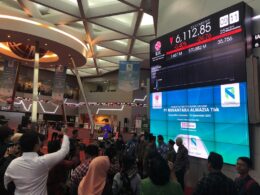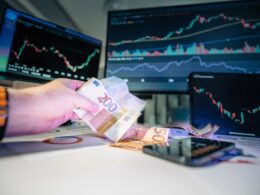India’s push to become a high-tech manufacturing powerhouse is running headlong into a supply chain crunch: the country is mining only a sliver of its vast rare earth reserves. According to the U.S. Geological Survey, India produced about 2,900 metric tons of rare earth elements in both 2022 and 2023—barely scratching the surface of its estimated 6.9 million ton reserves. That’s roughly 6% of global reserves, but with most output currently directed at atomic energy and defense, other industries are left wanting.
This bottleneck has taken on new urgency after China—the global leader in rare earths, having invested decades into research and development—tightened export restrictions. The move has sent ripples through governments and industries worldwide, especially those reliant on critical minerals for electric vehicles, electronics, and defense manufacturing. Indian policymakers were caught off guard by Beijing’s clampdown, underscoring just how vulnerable India’s supply chains still are.
India-UK FTA: A ‘Gold Standard’ Deal?
Amid this backdrop, Commerce Minister Piyush Goyal announced that the recently signed India-UK Free Trade Agreement (FTA) could be a “gold standard” for future deals. He emphasized that India managed to protect all sensitive sectors—including dairy, rice, and sugar—while opening doors for broader business cooperation.
A key feature of the agreement is the establishment of a UK-India Critical Minerals Guild. According to a joint statement, this entity is expected to “transform financing standards and innovation” in critical mineral supply chains. The idea is to lower India’s dependence on a single source like China and boost bilateral cooperation in sourcing these vital inputs.
Supply Chain Challenges and Policy Moves
With domestic mining stuck at low volumes, Indian companies are looking overseas. PSU NLC India Ltd has entered preliminary talks to acquire lithium assets in Mali and copper-cobalt mines in the Republic of the Congo—a clear sign that Indian industry is scrambling for alternatives amid global competition for resources.
Meanwhile, homegrown auto makers face import hurdles. Motors attract a steep 15% customs duty versus just 7.5% for standalone magnets—a policy that prompted the Society of Indian Automobile Manufacturers (SIAM) to urge the government for relief last month.
As India balances international trade deals with urgent domestic reforms, one thing’s clear: unlocking the full potential of its rare earth reserves will be key to powering everything from electric vehicles to next-gen defense tech—and ensuring it isn’t left behind in the global mineral race.










